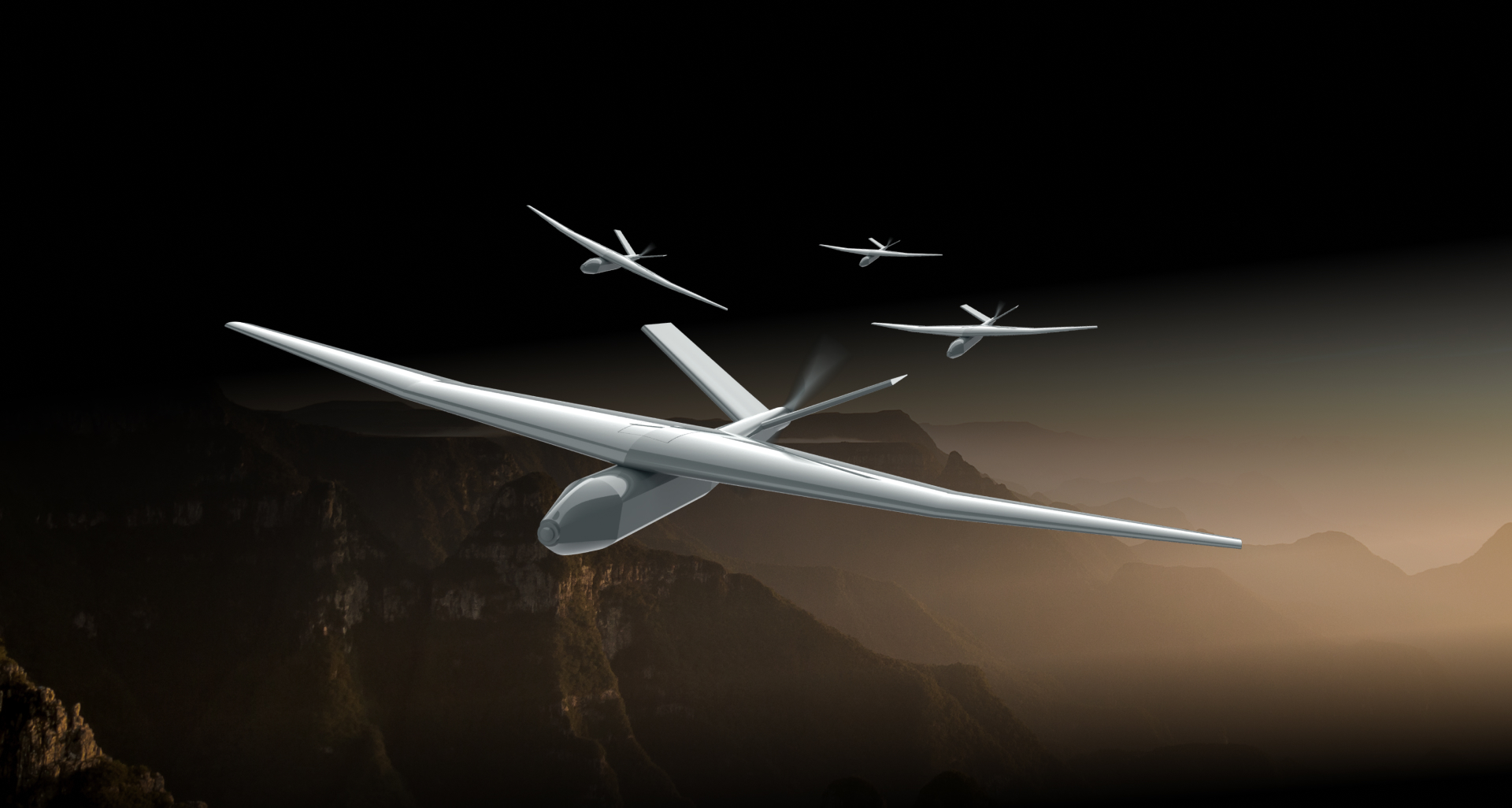TiTRA
Swarm Systems
Unmanned System with Multi-Intelligence
Thanks to the TITRA Swarm Software, the basic features of individual unmanned aerial vehicles can be developed to go beyond the basic range of tasks of individual UAVs and forces, where they can operate in different swarm formations.
With the decentralized (distributed) control architecture we have developed with Artificial Intelligence, Deep learning and Image Processing technologies, we are developing portable unmanned platforms that can perform tasks in swarms even in areas where there is no data communication.

Some capabilities with compact and original unmanned aerial vehicle designs
- Autonomous take-off/landing and stable flight in swarms,
- Autonomous on-board landing on any flat terrain without the need for a prepared runway,
- Route tracking as a swarm and development of the swarm to the task zone in accordance with different types of formations,
- Increasing awareness and recognition of unknown environments with meaningful data transfer between UAVs,
- Data storage, classification and interpretation through onboard and ground control unit,
- Built-in image processing capability,
- Swarm scanning operations in a specified areas,
- Target detection/identification/recognition/tracking/geotargeting and swarm focus detection,
- Ability to update tasks before/during/after tasks with flexible architecture and algorith structure,
- Ground station independent operation capability through swarm leader with “Master/Slave” structure,
- Ability to be divided into multiple sub-swarm,
- UAV/swarm based specialized management with mission computers integrated in vehicles.
Capabilities
- High performance navigation and flight control systems supported by artificial intelligence and machine learning
- Real-time target detection and tracking with computer vision systems
- Obstacle recognition and avoidance
- Cross-platform interoperability with common ground control station
- Electronic warfare and tamper-proof software-based data link
- Electronic munition safety, arming and firing
- High performance, composite platform design

With Titra Swarm Systems
- In certain architectures, a dynamic swarm structure is created that can work independently of the platform.
- Unmanned forces that can be scaled in accordance with the operation, divided into sub-swarms and managed with a decentralized swarm approach are being developed.
- With the use of swarm members as repeaters, range is increased and an infrastructure is created for task execution in a wide area.
- Plug'n fly can work in systems with existing redundancy and communication infrastructure.
- Enhanced decision mechanism can be used in redundant communication structures.
- With the decentralized control architecture, operational efficiency is increased by reducing the central load and the costs of GCS infrastructure installation are reduced.
- With the decentralized (distributed) control architecture, tasks are distributed among members and redundancy has become more flexible robust.
- Various tasks can be assigned with different artificial intelligence applications.
- Thanks to image processing algorithms, the swarm architecture can be enriched.
- Long-term missions of single aircraft are performed in shorter times thanks to swarm systems.
- Large missions that can be performed with large platforms are performed with swarms of UAVs with much smaller radar cross-sectional area.
- It has an indispensable intelligence for asymmetric operations.
Usage Areas of TİTRA Swarm Systems
- Reconnaissance, observation and intelligence in military operations
- Target detection, location marking and tracking
- Attack, attack prevention/defense
- Regional meteorological analysis and atmospheric data collection in weather forecasting applications
- Mapping and imaging applications
- LoS boost with radio relay
- Tracking forest fires,
- Observing and checking the condition of buildings, bridges, hard-to-reach places (condition of the structure, cracks, etc.),
- Border control,
- In taking aerial photographs,
- In search and rescue operations after natural disasters such as floods and earthquakes and in the re-establishment of communications,
- In pesticide application and monitoring the development of crops in the field.
- Possibly requiring sudden maneuvers that may be difficult for people in the vehicle according to the scope of the task.